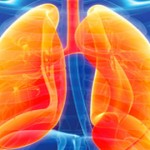The approach of under-treating rheumatic disease in pregnant patients is changing, according to Bonnie Lee Bermas, MD. Dr. Bermas discusses with The Rheumatologist the need for more research on how drugs affect this patient group, and how timing of conception and disease stability play important roles in the safe outcomes of mother and infant…









